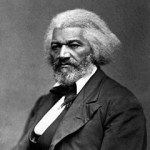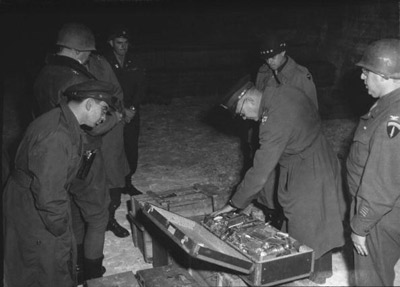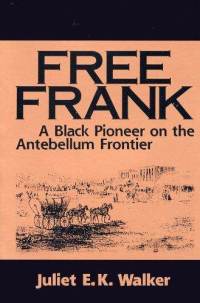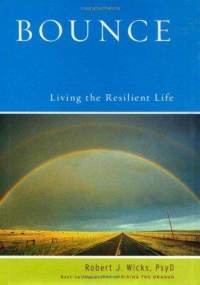Black History Month: Booker T. Washington—Up From Slavery, Chapter 2.
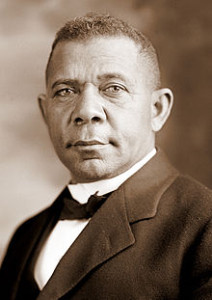 Excerpted below are a few paragraphs from the second chapter of Booker T. Washington’s memoir, Up From Slavery.
Excerpted below are a few paragraphs from the second chapter of Booker T. Washington’s memoir, Up From Slavery.
When one considers the circumstances of a black child in nineteenth century Virginia one realizes two things:
- Successful persons have come out of even the most trying circumstances
- Resilience can be forged and cultivated in these trying circumstances
Booker T Washington and Maggie Lena Walker, both from the same state and overlapping eras were on very different sides of the race debate, yet their lives bear testament to the truth that the human capacity for achievement and resilience is a powerful force.
In those days, and later as a young man, I used to try to picture in my imagination the feelings and ambitions of a white boy with absolutely no limit placed upon his aspirations and activities. I used to envy the white boy who had no obstacles placed in the way of his becoming a Congressman, Governor, Bishop, or President by reason of the accident of his birth or race. I used to picture the way that I would act under such circumstances; how I would begin at the bottom and keep rising until I reached the highest round of success.
In later years, I confess that I do not envy the white boy as I once did. I have learned that success is to be measured not so much by the position that one has reached in life as by the obstacles which he has overcome while trying to succeed. Looked at from this standpoint, I almost reached the conclusion that often the Negro boy’s birth and connection with an unpopular race is an advantage, so far as real life is concerned. With few exceptions, the Negro youth must work harder and must perform his tasks even better than a white youth in order to secure recognition. But out of the hard and unusual struggle through which he is compelled to pass, he gets a strength, a confidence, that one misses whose pathway is comparatively smooth by reason of birth and race.
From any point of view, I had rather be what I am, a member of the Negro race, than be able to claim membership with the most favoured of any other race. I have always been made sad when I have heard members of any race claiming rights or privileges, or certain badges of distinction, on the ground simply that they were members of this or that race, regardless of their own individual worth or attainments.
——Booker T. Washington, Up From Slavery
In celebration of Black History Month, we will post an inspirational cultural item each day.

